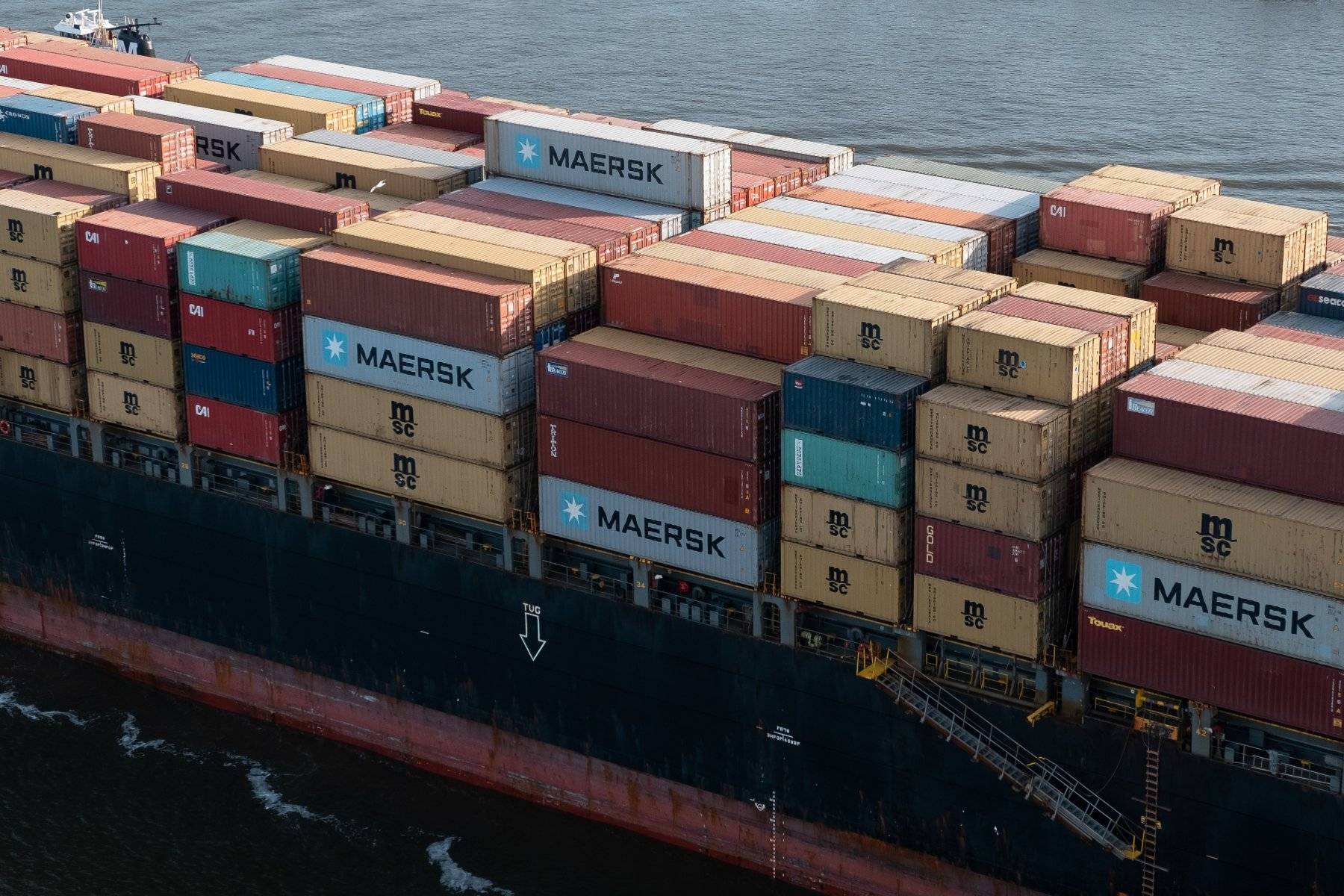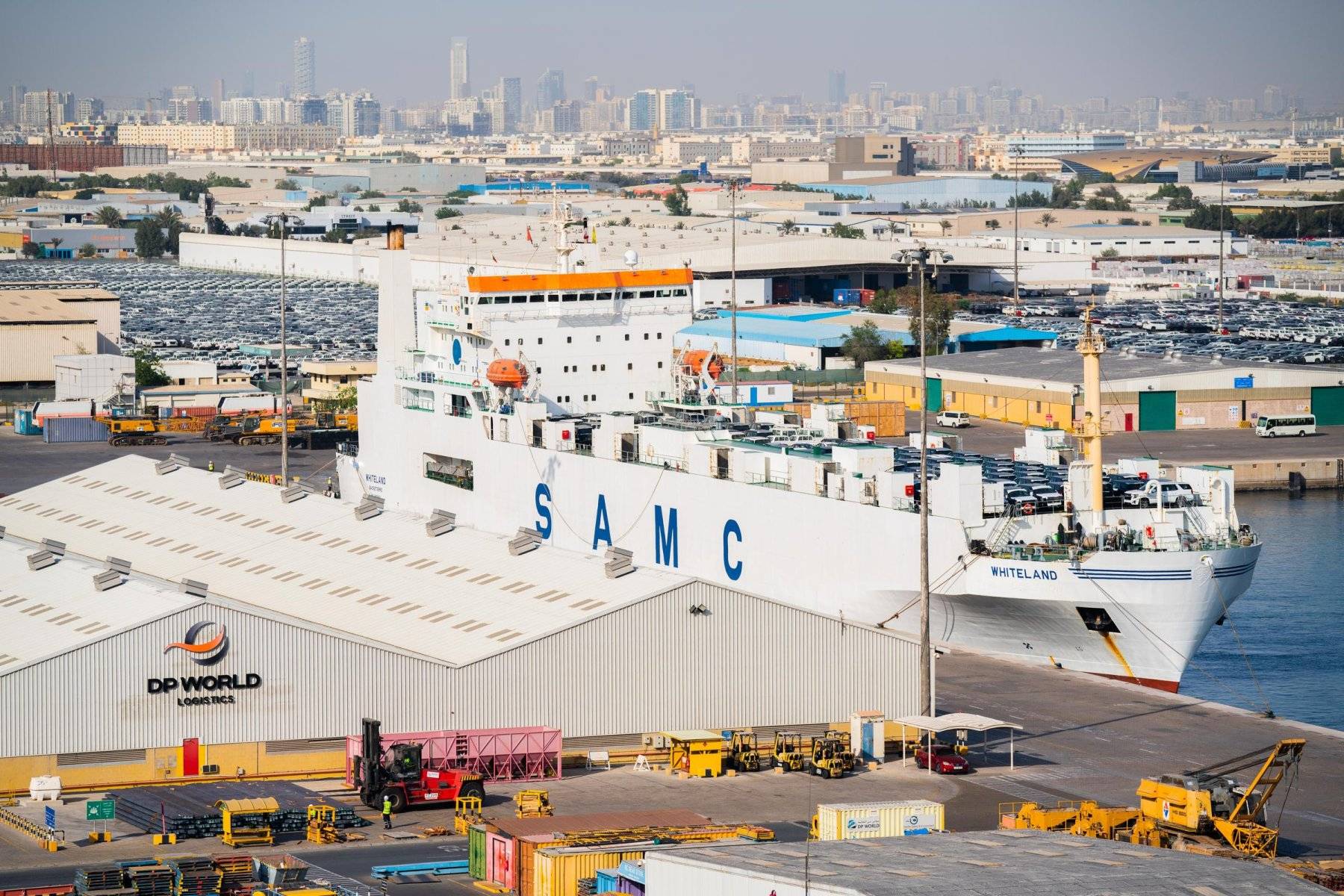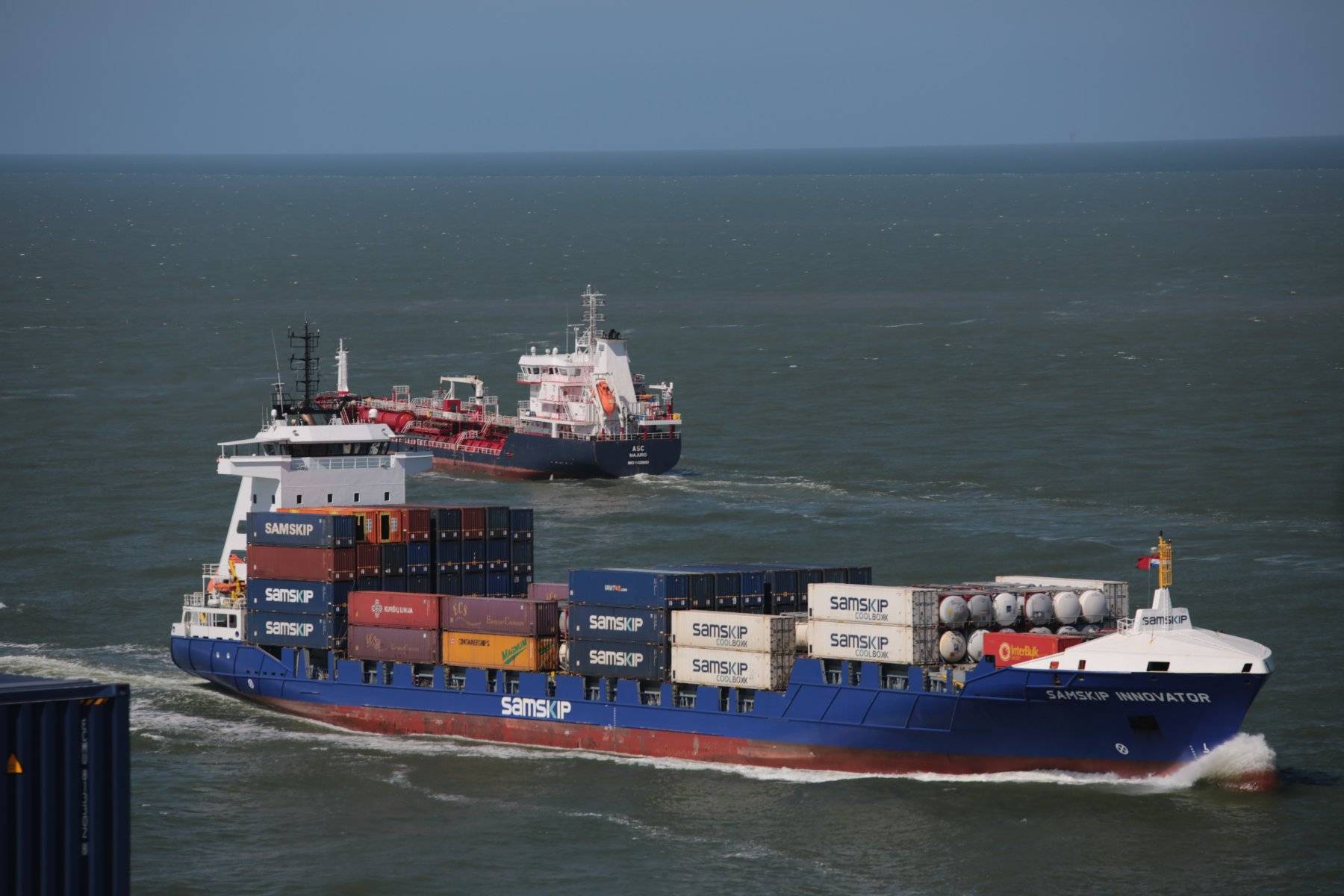Nowadays, it is barely possible for us to imagine complete chaos in global trade. Consignees, carriers, and others are striving to optimize all logistics processes to control the movement of their goods.
Maritime trade cannot be streamlined without clear documentation. You will be guided through the documents that are an integral part of organizing the movement of your cargo. Let's figure out how important the Bill of Lading and Sea Waybill are for this.
Definition of a bill of lading
The bill of lading is a confirmation that you have the right to receive the goods at their destination. The shipper or cargo owner enters into a contract of carriage with the sea carrier (or its agent). It is evidenced by a bill of lading with the specified characteristics:
- date of issue of the bill of lading (usually this is the date of departure of the carrier's ship from the port of sailing, but it can also be the date the container is ready);
- a signature confirming the carrier's identity through the agent who signed the bill of landing on behalf of the carrier;
- in addition, a description of the goods must be included to allow for a comparison of the cargo with the consignee's order.
If you encounter that at least one characteristic is missing from your bill of landing, such a document needs to be revised as it is invalid.
Seller’s Role
What steps should the seller take to obtain a bill of lading from the carrier or its agent? The preparation of the cargo carriage begins with the following stages:
- booking space on board the ship of the selected carrier and receiving a booking number
- engaging a freight forwarder: agreeing on the deadline for preparing the cargo for shipment
- selecting and accepting the necessary containers
- delivering containers stuffed with cargo to the carrier's port terminal
- obtaining data on containers loaded on ships
- paying freight and local charges
Carrier’s Obligations
The carrier shall issue a bill of lading obliging it to transport the goods from the port of loading to the port of destination specified in the documentation.
This creates legal proof of the fact of sea transportation between the carrier and the shipper or vendor.
As mentioned earlier, a bill of lading is not just a consignment note for any product. Rather, it is also a contract that establishes the fact of paid sea transportation. Therefore, it is also a document of ownership of a specific party to a logistics transaction. For example, after the ship has departed, the ownership of containers with goods passes to the buyer or consignee.
Key Point
The bill of lading must contain information about the contents of the goods that coincides with other documents.
Example: If, while unloading, it turns out that the quantity of goods or other characteristics in the bill of lading do not match the description in the cargo manifest until the carrier's agent submits corrections to the manifest (manifest corrector), customs control at the port will not be carried out.
Functions of the bill of lading
Granting the right to ownership of the cargo. The ownership of the goods is transferred in accordance with the bill of lading, which is a document of title. Thus, you get the right from the carrier to receive a repeated delivery of the cargo.
Evidence of transportation. The bill of lading specifies the data and conditions of cargo transportation (which parties send, receive, and at which ports of departure and destination).
Responsibility for cargo and restrictions. The bill of lading, which contains the correct information about the cargo, verifies the quantity and class of the cargo. It is an accompanying document that controls the integrity of the goods and the delivery. Otherwise, the customer does not confirm acceptance of the goods and claims damages.
Trade operations: Why does the bill of lading matter?
While preparing and carrying out a trade operation, the bill of lading plays an essential role, replacing the act of acceptance and transfer of cargo. And its main advantage is versatility. The document can be issued for mixed, multimodal, and intermodal transportation. And in all of these cases, the bill of lading is a document for accompanying and receiving the cargo.

In liner or tramp shipping, the main nuance in the bill of lading, as well as in other documentation, is that the parties may not agree on the details of delivery. If such challenges arise, an alternative is to delegate the transportation process by filling out a Request a Quote form to get the best price for shipping and further assistance with logistics services.
Sea Waybill meaning
The formality and mandatory nature of the bill of lading necessitates simplified transportation procedures. The Sea Waybill allows for "express release" - a quick re-delivery of goods.
The Sea Waybill is not a document of title. This is its essential difference from the bill of lading.
Consequently, if you require a document that is solely proof of shipment, it is the Sea Waybill – a non-negotiable and non-transferable document.
Sea Waybill benefits
There are at least three occasions when the SeaRates team more often prefers to use a Sea Waybill:
- When paying for goods without confirming documents
- In long-term trade, when there are broader agreements between the parties, and sea shipping is only a part of them
- For short routes, as cargo documents may arrive at the port of destination much later than the container
What should you choose?
Be guided by the format of your transportation, deciding between a bill of lading and a waybill.
- The issuance of a bill of lading serves as a guarantee that the goods are subject to receive only with your prior consent.
- A bill of lading gives you all the rights to the goods and allows you to resell them during shipment.
- If you are a freight forwarder, then your activities as a carrier require the formation of a bill of lading at the port of departure
If you find yourself in these situations, it makes sense to get assistance with the preparation of a bill of lading.

Then Sea Waybill is appropriate in what cases?
- Have I planned a short route?
- Does sea transportation constitute only a part of all the agreements I need to conclude?
- Have I already paid for the goods without a confirmation document?
If the answer to any of the above questions is yes, and it is desirable for you, we suggest using Sea Waybill due to its flexibility. By the way, you do not need to print the original document but can submit it online.
Conclusion
An integrated approach is to compare all possible ways of shipping.
If you prefer full ownership and the right to resell the goods during transportation, a bill of lading is your choice. In addition, the shipper is able to better protect his goods during shipment by having a bill of lading.
You can choose to use a waybill if you want to make your work easier. This way, you transfer ownership of the goods without providing a letter of credit. Also, you will receive your cargo cheaper and faster.
We take into account the capabilities of freight forwarders, carriers, and each other party in the logistics operations and provide a personalized solution.
Any of your logistics needs can be addressed by contacting us at [email protected].

